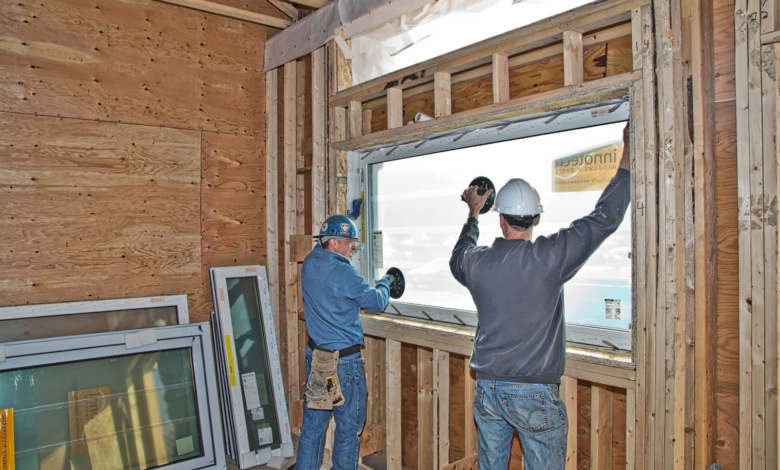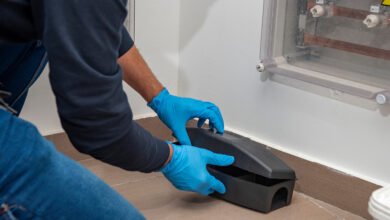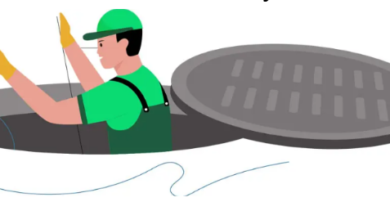Understanding Window Installation Costs: Budgeting for Your Home Improvement

When it comes to home improvement, window installation is a significant project that can enhance both the aesthetic appeal and energy efficiency of your home. Understanding the costs associated with window installation is crucial for effective budgeting. This article will guide you through the various factors that influence window installation costs and provide tips for planning your budget.
Factors Influencing Window Installation Costs
1. Type of Windows
The type of windows you choose plays a significant role in the overall cost of installation. Common window types include single-hung, double-hung, casement, bay, and bow windows. Each type has its own price range, with more complex designs generally costing more.
2. Material of the Windows
Window frames come in various materials such as vinyl, wood, aluminum, and fiberglass. Vinyl windows are typically the most affordable, while wood and fiberglass options tend to be more expensive due to their durability and aesthetic appeal.
3. Window Size and Quantity
The size and number of windows you plan to install directly affect the total cost. Larger windows and a higher number of windows will increase both material and labor costs. Custom-sized windows also tend to be more expensive than standard sizes.
4. Energy Efficiency
Energy-efficient windows can save you money on heating and cooling bills, but they often come with a higher upfront cost. Features such as double or triple glazing, low-emissivity (Low-E) coatings, and gas fills (argon or krypton) contribute to the overall price.
5. Labor Costs
Labor costs for window installation vary based on the complexity of the job and the region where you live. Professional installation ensures the windows are properly fitted and sealed, which is essential for maximizing energy efficiency and longevity.
6. Additional Features and Customization
Additional features such as decorative glass, custom grid patterns, or specialty hardware can increase the overall cost. While these features enhance the aesthetic appeal of your windows, they come with added expenses.
Window Install: What to Expect
When planning for a window install, it is important to understand the installation process and what to expect in terms of time and disruption to your daily routine. Professional window installation typically involves the following steps:
Pre-Installation Inspection
Before the installation begins, a professional installer will inspect your home to take precise measurements and assess any potential challenges. This step ensures that the new windows will fit perfectly and that any necessary preparations are made in advance.
Removal of Old Windows
The next step involves removing the existing windows. This process can be straightforward or complex, depending on the age and condition of your current windows. Proper removal is essential to avoid damage to the surrounding structures.
Preparation of Window Openings
Once the old windows are removed, the window openings are prepared for the new installations. This may involve repairing or adjusting the window frames to ensure a snug fit. Proper preparation is crucial for preventing drafts and water infiltration.
Installation of New Windows
The new windows are then installed, starting with the placement of the frame and followed by the sashes or panes. Professional installers ensure that the windows are level, plumb, and securely fastened. They also apply sealants to prevent air and water leaks.
Final Inspection and Clean-Up
After installation, a final inspection is conducted to ensure that the windows operate smoothly and meet quality standards. The installers will also clean up any debris and ensure that your home is left in good condition.
Budgeting for Window Installation
Effective budgeting for window installation requires careful planning and consideration of all the factors mentioned above. Here are some tips to help you budget for your window installation project:
Get Multiple Quotes
Obtain quotes from several reputable window installation companies. This will give you a range of prices and help you identify any outliers. Be sure to compare the scope of work, materials, and warranties offered by each company.
Plan for Contingencies
Set aside an additional 10-15% of your budget for unexpected costs. This could include unforeseen structural repairs, upgrades, or delays that may arise during the installation process.
Consider Financing Options
If the upfront cost of window installation is beyond your immediate budget, explore financing options. Many window manufacturers and installation companies offer financing plans that allow you to spread the cost over time.
Prioritize Quality
While it may be tempting to opt for the lowest bid, prioritize quality and reputation. Poor installation can lead to issues such as drafts, water damage, and reduced energy efficiency, which can end up costing more in the long run.
Conclusion
Understanding the costs associated with window installation is essential for effective budgeting and successful home improvement. By considering factors such as window type, material, size, energy efficiency, labor costs, and additional features, you can plan a budget that meets your needs. Ensuring a professional and thorough window install will enhance the comfort, aesthetics, and value of your home for years to come.






